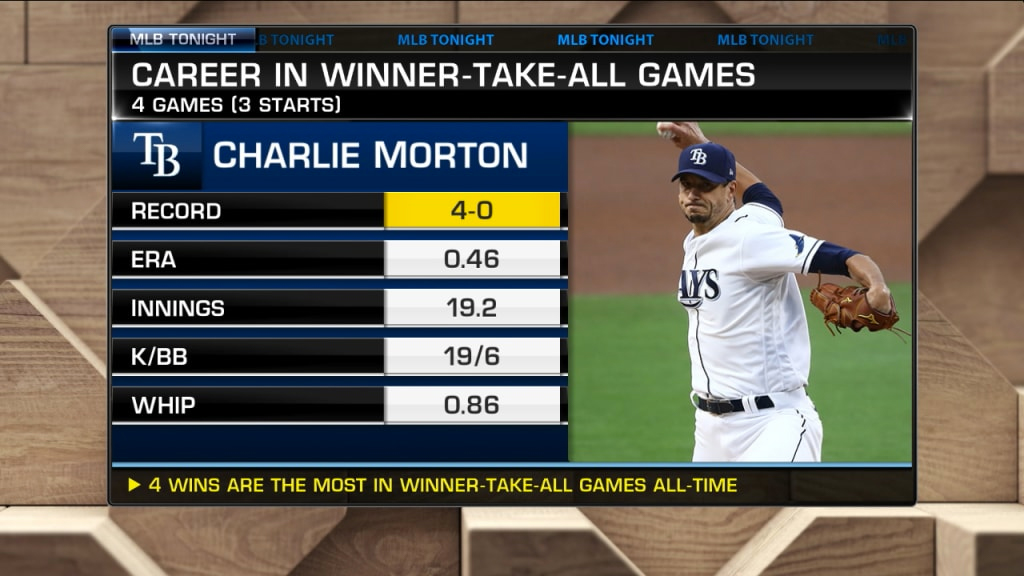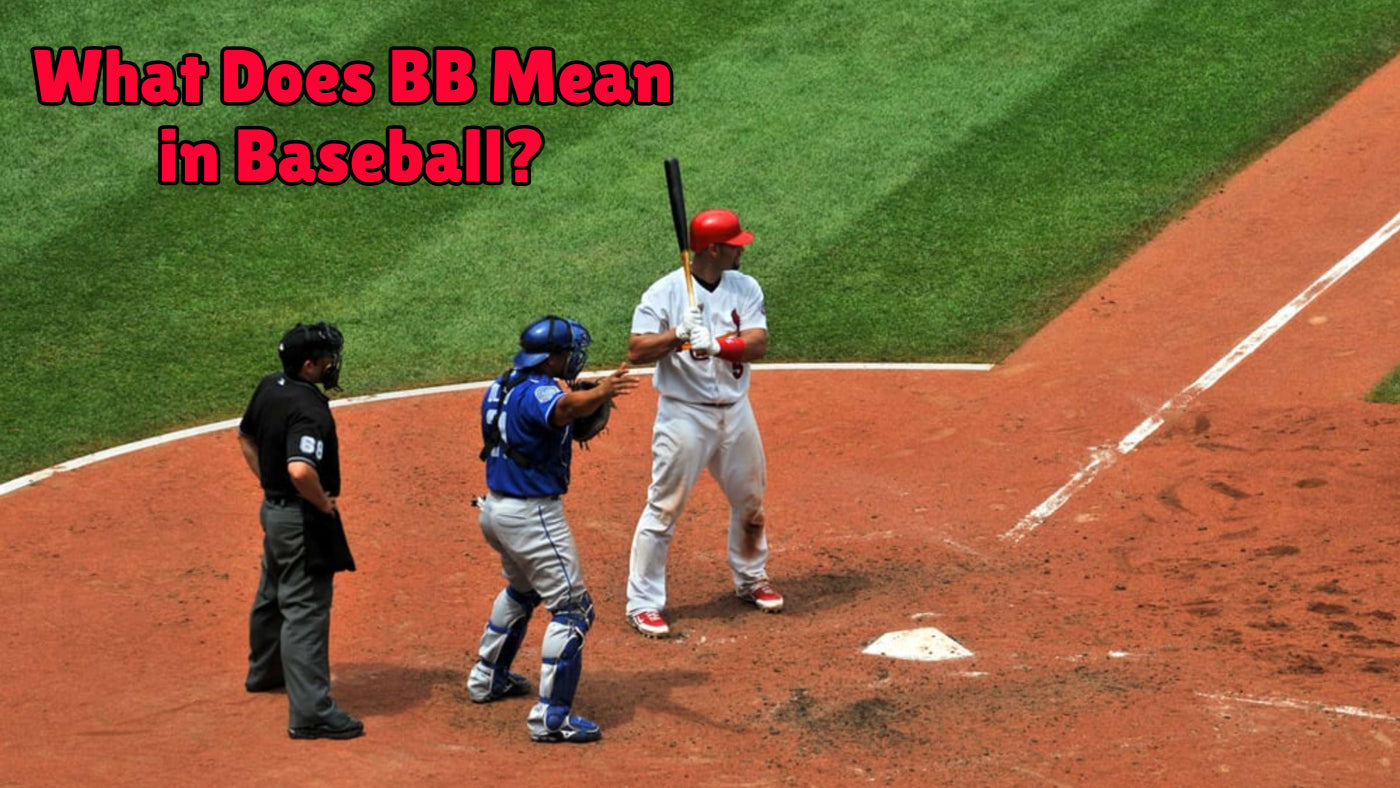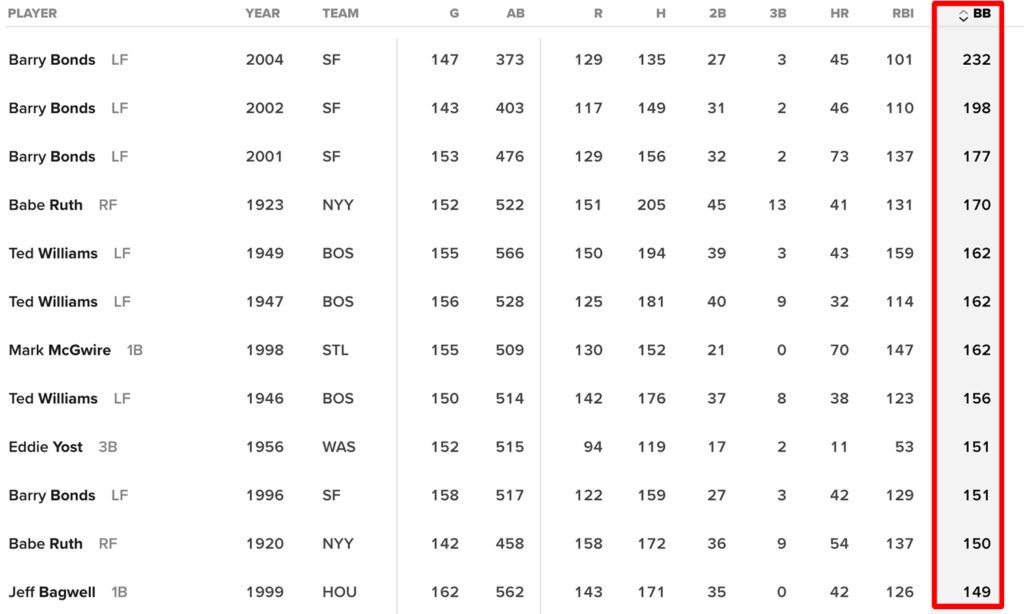What does “BB” mean in baseball? This term is often heard during games.
It’s short for “base on balls,” more commonly known as a walk. In baseball, understanding the term “BB” is important for fans and players alike. When a pitcher throws four balls outside the strike zone, the batter gets a free pass to first base.
This simple action can change the course of a game. The term “BB” might seem minor, but it plays a significant role in baseball strategy. Knowing what it means helps you appreciate the game more. Stay with us as we explore the meaning and importance of “BB” in baseball, making you a more informed fan.
Introduction To Walks In Baseball
Walks, also known as bases on balls (BB), are a fundamental part of baseball. They occur when a pitcher throws four balls outside the strike zone, and the batter does not swing. This allows the batter to advance to first base without hitting the ball. Walks can change the game’s dynamics and are crucial in strategy.
Importance Of Walks
Walks play a crucial role in baseball. They allow a team to put runners on base without hitting the ball, which can lead to scoring runs. Walks force pitchers to throw more pitches, tiring them out faster. This can lead to mistakes and more scoring opportunities.
Walks increase the pitch count, which can result in the opposing team having to use their bullpen earlier. This can be advantageous in late-game situations. It puts pressure on the defense, sometimes leading to errors.
Historical Context
The concept of walks has been a part of baseball since its early days. In the 19th century, the rules for walks were different. Originally, it took nine balls for a walk. Over time, the rules changed, and by 1889, four balls became the standard.
Babe Ruth, one of baseball’s legends, was known for his ability to draw walks. His keen eye for pitches helped him get on base frequently. This skill made him a valuable player for his team. Walks have always been a part of a player’s strategy and have shaped the way the game is played.
What Is Bb In Baseball?
Baseball is full of abbreviations and stats. One common term you might hear is BB. But what does BB mean in baseball? Understanding this can help you better appreciate the game.
Definition Of Bb
In baseball, BB stands for Base on Balls. It is also known as a walk. A BB occurs when a batter receives four pitches outside the strike zone. The batter then gets to go to first base.
Common Terminology
Here are some terms related to BB:
- Pitcher: The player who throws the ball to the batter.
- Batter: The player who tries to hit the ball.
- Strike Zone: The area where a pitch must pass to be called a strike.
- Ball: A pitch that is outside the strike zone.
- Walk: Another term for a Base on Balls (BB).
| Term | Definition |
|---|---|
| BB | Base on Balls |
| Walk | Another name for BB |
| Pitcher | Throws the ball to the batter |
| Strike Zone | The area a pitch must pass through |
| Ball | A pitch outside the strike zone |
Understanding these terms helps make baseball easier to follow. Knowing what a BB is adds to your enjoyment of the game.
The Mechanics Of A Walk
The term “BB” in baseball stands for “Base on Balls” or a walk. A walk happens when a pitcher throws four balls outside the strike zone. The batter then gets to advance to first base without hitting the ball. Understanding the mechanics of a walk involves both pitching strategy and batting approach.
Pitching Strategy
Pitchers aim to throw strikes to get batters out. But sometimes, they throw balls to avoid giving the batter a good pitch. They might do this if the batter is known for hitting home runs. By throwing balls outside the strike zone, the pitcher tries to get the batter to swing at a bad pitch.
This strategy can backfire. If the pitcher throws four balls, the batter gets a walk. The pitcher must balance between avoiding good hitters and not giving away walks. This balance is crucial in tight games. It requires skill and careful planning.
Batting Approach
Batter’s aim to get on base. Sometimes that means not swinging at bad pitches. They must be patient and wait for a good pitch. If the pitcher throws four balls, the batter gets a walk.
Batter’s must also watch the pitcher’s patterns. They look for cues on what pitch might come next. Good batters can force pitchers to throw more balls. This increases their chances of getting a walk. It’s a game of patience and observation.

Credit: www.gaimday.com
Impact Of Walks On Game Strategy
Walks, or bases on balls (BB), have a significant impact on baseball strategy. They can alter both the offensive and defensive dynamics of a game. Understanding how walks influence these aspects can help one appreciate the complexities of baseball.
Offensive Impact
Walks can benefit the batting team in multiple ways. First, they place runners on base without the risk of an out. This increases the chances of scoring. A walk can also disrupt the pitcher’s rhythm. It forces them to throw more pitches and can lead to fatigue. A tired pitcher is easier to hit against. Walks also put pressure on the defense. A base runner can distract the pitcher and fielders. It opens opportunities for stealing bases.
Defensive Considerations
On the defensive side, walks can be problematic. Allowing too many walks can lead to more runs. Pitchers must focus on throwing strikes to avoid walks. This focus can lead to mistakes. Mistakes can result in hits and runs. Walks also extend innings. Longer innings can tire out the pitcher and fielders. A tired defense is more prone to errors.
Defensive strategies against walks include good communication and positioning. Fielders must be ready to capitalize on any mistakes. Pitchers should also use a mix of pitches to keep batters guessing. Avoiding predictable patterns can reduce the chances of walks.
Famous Walks In Baseball History
Baseball is a sport filled with memorable moments, and some of the most unforgettable involve walks. A walk, also known as a “base on balls” or “BB,” occurs when a batter receives four pitches outside the strike zone. This allows them to advance to first base without hitting the ball. Famous walks have shaped the history of baseball, creating legendary moments and defining players’ careers.
Iconic Moments
One of the most iconic walks in baseball history happened in the 1956 World Series. Brooklyn Dodgers’ Jackie Robinson drew a walk against the Yankees. This walk set the stage for a game-winning hit. The crowd went wild, and Robinson’s patience at the plate was celebrated.
Another unforgettable walk occurred during the 1972 American League Championship Series. Reggie Jackson walked with the bases loaded, forcing in the winning run for the Oakland Athletics. This moment is still remembered as one of the most thrilling in postseason history.
Legendary Players
Babe Ruth, known for his home runs, was also famous for drawing walks. Ruth’s keen eye and patience earned him many free passes to first base. His ability to wait for the perfect pitch made him a formidable opponent.
Barry Bonds is another legendary player known for his walks. Bonds set the record for the most walks in a single season in 2004. He walked 232 times, showcasing his disciplined approach at the plate.
Ted Williams, a Boston Red Sox legend, was also renowned for his walks. Williams’ incredible eye for strikes and balls earned him the nickname “The Splendid Splinter.” His walks contributed significantly to his team’s success.

Credit: www.suzitee.com
Statistical Analysis Of Walks
In baseball, walks, often denoted as BB (Base on Balls), play a crucial role in a team’s offensive strategy. Understanding the statistical analysis of walks can provide insights into a player’s performance and a team’s overall effectiveness. Walks can significantly impact the game, influencing scoring opportunities and pitcher fatigue.
Walk Rates
Walk rates measure how often a player gets on base via a walk. This statistic is important for evaluating a player’s patience and eye at the plate. A higher walk rate suggests a player is disciplined and selective with pitches. It can also indicate the player’s ability to wait for the right pitch to hit.
Coaches and analysts use walk rates to assess hitters and pitchers. For hitters, a high walk rate is a positive sign. For pitchers, a high walk rate can be a red flag, suggesting control issues. This balance helps teams strategize and make informed decisions during games.
Sabermetrics
Sabermetrics is the empirical analysis of baseball statistics. It provides a deeper understanding of walks and their impact. Advanced metrics like BB% (Walk Percentage) and OBP (On-Base Percentage) are part of sabermetrics. These metrics offer a comprehensive view of a player’s ability to get on base and contribute to the team’s success.
By analyzing these statistics, teams can identify valuable players. They can also develop strategies to exploit opponents’ weaknesses. Sabermetrics has revolutionized how teams view and value walks. It emphasizes the importance of plate discipline and on-base skills in modern baseball.
Training To Increase Walks
In baseball, a walk (BB) is a powerful tool. It can change the game’s pace. Players must focus on improving their ability to draw walks. This requires specific training techniques and strategies.
Player Techniques
Players need to develop patience and a keen eye. Here are some key techniques:
- Strike Zone Awareness: Learn the strike zone well. Avoid swinging at pitches outside this area.
- Pitch Recognition: Recognize different pitches quickly. This helps in deciding whether to swing or not.
- Plate Discipline: Stay calm and focused. Do not chase bad pitches.
Regular practice helps in mastering these skills. Use batting cages and live pitching sessions for practice. This builds confidence and improves performance.
Coaching Tips
Coaches play a vital role in training players to increase walks. Here are some effective coaching tips:
- Video Analysis: Review game footage. Identify areas for improvement in a player’s approach.
- Simulated At-Bats: Create game-like situations in practice. This helps players experience real-time decision making.
- Positive Reinforcement: Encourage players. Celebrate small successes to build their confidence.
Coaches should also focus on mental training. Teach players to stay calm under pressure. This mental strength can be the difference in drawing a walk.
Use drills that simulate high-pressure situations. This helps players stay relaxed and focused during actual games. These techniques and tips will aid in increasing walks, ultimately benefiting the team’s overall performance.
Common Misconceptions About Walks
Baseball is full of statistics and unique terminology. One such term is “BB,” which stands for “base on balls” or simply “walk.” Despite its simplicity, there are many common misconceptions about walks. This section aims to clarify these misunderstandings and provide a clearer understanding of the rules surrounding walks in baseball.
Myths Debunked
There are several myths about walks in baseball. Some believe a walk is a sign of a weak pitcher. This isn’t always true. Walks can be strategic. Pitchers might avoid pitching to strong batters.
Another myth is that walks are boring. In reality, they can be game-changers. A walk can load the bases, creating a scoring opportunity. Walks add depth to the game strategy.
| Myth | Reality |
|---|---|
| Walks show weak pitching | Walks can be strategic |
| Walks are boring | Walks add to game strategy |
Clarifying Rules
Understanding the rules about walks is crucial. A walk occurs when a batter receives four balls. The batter then advances to first base.
Many think any pitch outside the strike zone is a ball. But, if the batter swings and misses, it counts as a strike. Only pitches outside the zone that the batter does not swing at count as balls.
- A walk happens after four balls.
- Pitches outside the zone are balls if the batter does not swing.
- Pitches outside the zone are strikes if the batter swings and misses.
Walks are part of baseball’s intricate strategy. Understanding the rules and debunking myths enriches the experience for fans.

Credit: www.usatoday.com
Frequently Asked Questions
What Does Bb Mean In Baseball?
BB stands for “Base on Balls” in baseball. It refers to a walk, where the batter is awarded first base after receiving four balls.
How Is A Bb Recorded?
A BB is recorded when a pitcher throws four pitches outside the strike zone, and the batter does not swing.
Why Is Bb Important In Baseball?
BB is important because it allows a batter to reach base without hitting the ball, contributing to a team’s offensive strategy.
How Does Bb Affect A Pitcher’s Stats?
BB negatively affects a pitcher’s stats by increasing their walks allowed, which can lead to more runs scored against them.
Conclusion
Understanding “BB” in baseball adds depth to your game knowledge. It refers to a “base on balls” or walk. This term highlights the importance of patience and strategy. Watching for “BB” can make games more interesting. You now know what it means when a player takes a walk.
Keep learning and enjoy the game even more. Baseball has many terms, and “BB” is just one of them. Stay curious and keep exploring this fascinating sport.

